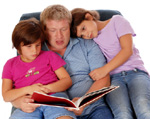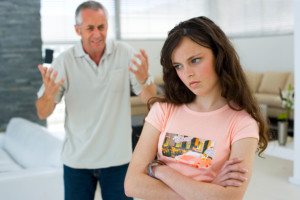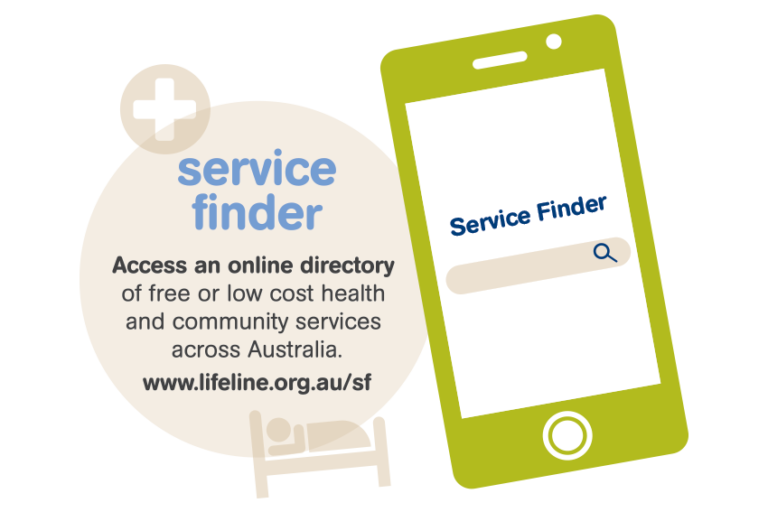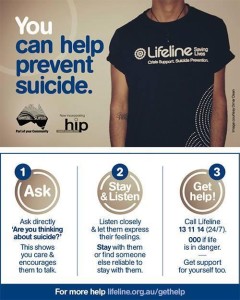 The hacking of mass accounts on a social network is something that seems to be happening a great deal recently, with LinkedIn being the latest victim, after having 6.5m of its users passwords stolen.
The hacking of mass accounts on a social network is something that seems to be happening a great deal recently, with LinkedIn being the latest victim, after having 6.5m of its users passwords stolen.
Prior to LinkedIn, Twitter suffered a similar hack, and Facebook did too.
Social media profiles have become the target of social media hackers who use that data to further spread their maliciousness or gain access to your more sensitive data. It is always worth remembering that you can become a victim at any time. Not a day goes by when we don’t hear about a new hack, and with 55,000 new pieces of malware generated a day, security never sleeps.
With the latest security threat to LinkedIn fresh in our minds, here are 10 key social media security tips.
1. Think before you post! Status updates, photos, and comments can end up revealing more about you than you intended to disclose, and you could end up feeling like some silly politician as you struggle to explain yourself.
2. Think twice about allowing applications that request permission to access your data. You will be allowing an unknown party to send you email, post to your wall, and access your information at any time, regardless of whether you’re using the application. Before you decide if you want to allow the application access, make sure you know exactly what the application is!
3. Don’t click on short links that don’t clearly show the link location. With URL shorteners like bit.ly (and many more) are becoming increasingly common, it’s easy to forget that such URL’s can also be used by criminals to dupe you. Criminals often post phony links that claim to show you who has been viewing your profile. If you’re unsure about a link, you can test unknown links at SiteAdvisor by simply pasting the link into the “View a Site Report” form on the right-hand side of the page. Alternatively, if you use Hootsuite, you can see the extended URL or a shortened link by simply clicking the ‘+’ sign next to the shortened URL.
4. Beware of posts with subjects along the lines of, “LOL! Look at the video I found of you online!” When you click the link, you often get a message saying that you need to upgrade your video player in order to see the clip, but when you attempt to download the “upgrade,” the malicious page will instead install malware that tracks and steals your data.
5. Geolocation apps such as Foursquare share your exact location, which can also let criminals know that you aren’t home, so reconsider broadcasting exactly where you are. Remember, apps like Foursquare still allow you to gain check-in points without having to disclose your location on your Facebook and Twitter accounts.
6. Always use an up-to-date browser. Older browsers tend to have more security flaws, and it is very simple and quick to update your browser to the latest version. Firefox is becoming the preferred brower to use when surfing the net, you can download it for free here: http://www.mozilla.org/en-US/firefox/new/
7. Choose unique logins and passwords for each of the websites you use. Yes, it’s a bit of a hassle to have different passwords for EVERY site you use, but it’s the best way to limit your exposure if (and probably when) a particular site you use gets hacked. I’m a big fan of password managers, which can create and store secure passwords for you.
8. Check the domain of the website to be sure that you’re logging into a legitimate website. So if you’re visiting a Facebook page from a link in an email, make sure the URL of the site is actually ‘www.facebook.com’ and not a site which looks like Facebook. Hackers often duplicate websites with the exact same design, and once you log into their fake site, they have your real login and password within seconds. This principle also applies to online banking websites, so be extra careful!
9. Be cautious of any message, post, or link you find on a social network that looks at all suspicious or requires to login again once you’re already logged in.
10. Make sure your security suite is up to date and includes antivirus, anti-spyware, anti-spam, a firewall, and a website safety advisor.
BONUS TIP: Take the time to understand your privacy settings! Select the most secure options and check periodically for changes that can open up your profile to the public. Facebook is renowned for continually changing its layout and one such change could result in information that was once private, now being public!
Have you ever had in social media security issues? Or do you have any additional tips? Let us know?

 When you are going through a separation you are obviously going to be concerned about the effect that it has on your children. Everyone’s lives have suddenly been turned upside down and everything that we are used to is changing. It can be a very unsettling time for our children, as well as you, so steady as you go, it is important that the children keep a sense of security and familiarity. Creating and maintaining routines can help to do this and also help you and your ex to find a new way of looking after your children.
When you are going through a separation you are obviously going to be concerned about the effect that it has on your children. Everyone’s lives have suddenly been turned upside down and everything that we are used to is changing. It can be a very unsettling time for our children, as well as you, so steady as you go, it is important that the children keep a sense of security and familiarity. Creating and maintaining routines can help to do this and also help you and your ex to find a new way of looking after your children. All kids from young to teenagers need the basics of life – like food, warmth, shelter and clothing. But they also need to feel loved and secure. By giving our children all the things they need, we can help them be safe, strong and thrive.
All kids from young to teenagers need the basics of life – like food, warmth, shelter and clothing. But they also need to feel loved and secure. By giving our children all the things they need, we can help them be safe, strong and thrive. Children love stories about themselves – it helps them feel loved and important. You could make a scrapbook or even a cork pin-board that’s all about your child from the time they were born. Put all sorts of things in/on it, cork boards are a great way to display dreams and positive affirmations:
Children love stories about themselves – it helps them feel loved and important. You could make a scrapbook or even a cork pin-board that’s all about your child from the time they were born. Put all sorts of things in/on it, cork boards are a great way to display dreams and positive affirmations: I have always been concerned about my child being approached by a dangerous person. I cant imagine another instance that I would be more scared of? There was some research done in NSW that showed 95% of attacks on children are from people they know. Which also means we need to educate our kids on the safe places around them like shops, neighbours and who are the safe people in our lives.
I have always been concerned about my child being approached by a dangerous person. I cant imagine another instance that I would be more scared of? There was some research done in NSW that showed 95% of attacks on children are from people they know. Which also means we need to educate our kids on the safe places around them like shops, neighbours and who are the safe people in our lives. Routines today play a huge part in our family, because our kids really don’t have any control over their day to day life, it can give them an opportunity to feel like they belong in the running of the household and provides a sense of order, control and predictability.
Routines today play a huge part in our family, because our kids really don’t have any control over their day to day life, it can give them an opportunity to feel like they belong in the running of the household and provides a sense of order, control and predictability. Father’s Day is fast approaching. Few more days to go and we will be celebrating this day with overwhelming gratitude for our dads.
Father’s Day is fast approaching. Few more days to go and we will be celebrating this day with overwhelming gratitude for our dads. To adults, childhood can seem like a carefree time. But kids still experience stress. Things like school and social life can sometimes create pressures that can feel overwhelming for kids. As a dad, you can’t protect your kids from stress — but you can help them develop healthy ways to cope with stress and solve everyday problems.
To adults, childhood can seem like a carefree time. But kids still experience stress. Things like school and social life can sometimes create pressures that can feel overwhelming for kids. As a dad, you can’t protect your kids from stress — but you can help them develop healthy ways to cope with stress and solve everyday problems. A smoothie that the kids will love, you can be creative by purchasing some decorative glasses and making it look like a smoothie you would get from a resort. Kids always appreciate the effort.
A smoothie that the kids will love, you can be creative by purchasing some decorative glasses and making it look like a smoothie you would get from a resort. Kids always appreciate the effort.
 At some point in time it is going to be necessary to understand what’s happening to your daughter as she moves from being a girl to becoming a teenager and woman. Knowledge on these changes will help you stay connected and understand what she is experiencing. You will also not be left out of the conversations.
At some point in time it is going to be necessary to understand what’s happening to your daughter as she moves from being a girl to becoming a teenager and woman. Knowledge on these changes will help you stay connected and understand what she is experiencing. You will also not be left out of the conversations.
 When boys are growing up and there bodies start to change, they will have questions about these changes. Below is a response to a commonly asked question that may help you.
When boys are growing up and there bodies start to change, they will have questions about these changes. Below is a response to a commonly asked question that may help you. Reconnecting after absence I found sometimes tricky, all I wanted was to pick up my daughter and start the weekend exactly where we left off (a fortnight ago) I was excited!
Reconnecting after absence I found sometimes tricky, all I wanted was to pick up my daughter and start the weekend exactly where we left off (a fortnight ago) I was excited!
















Recent comments